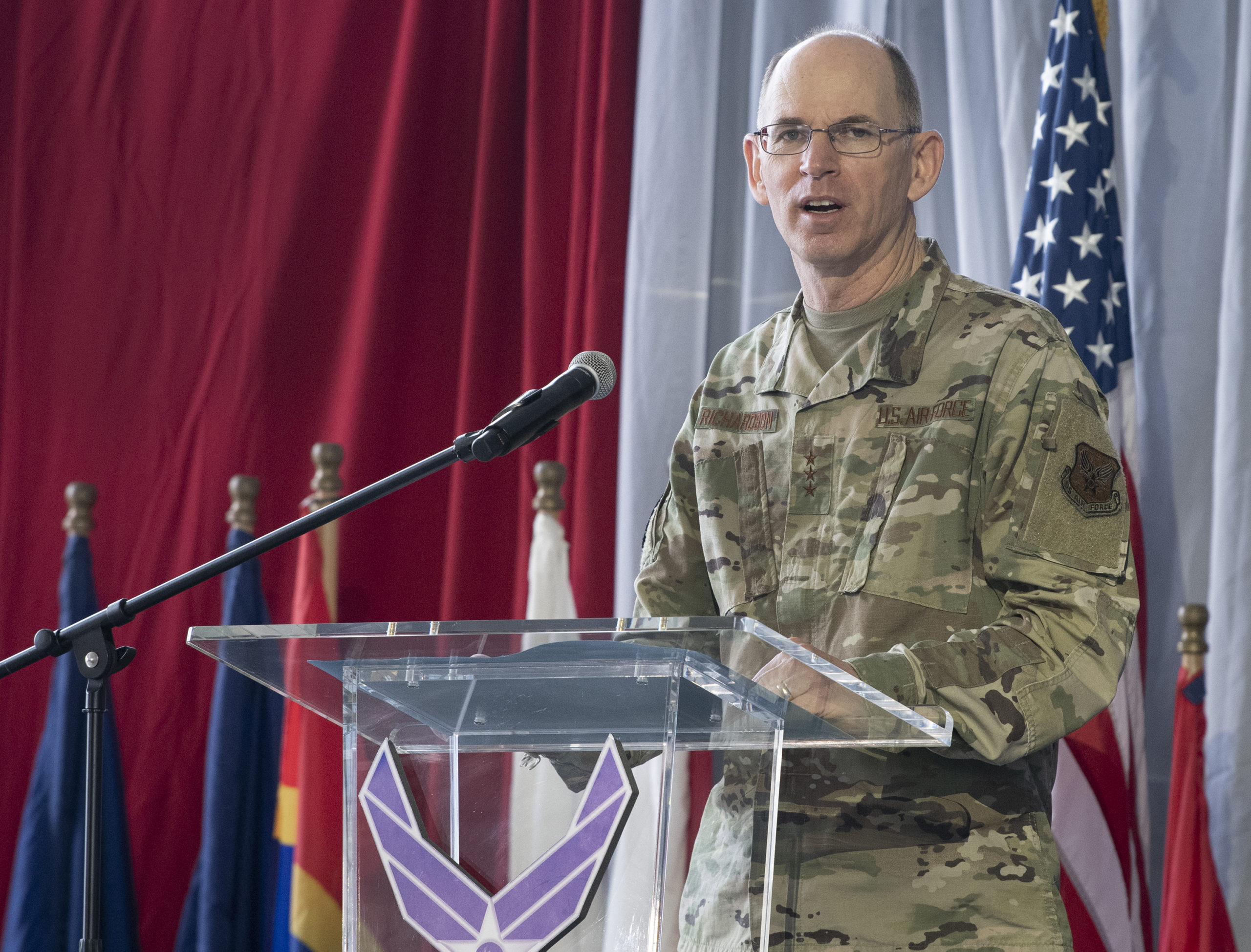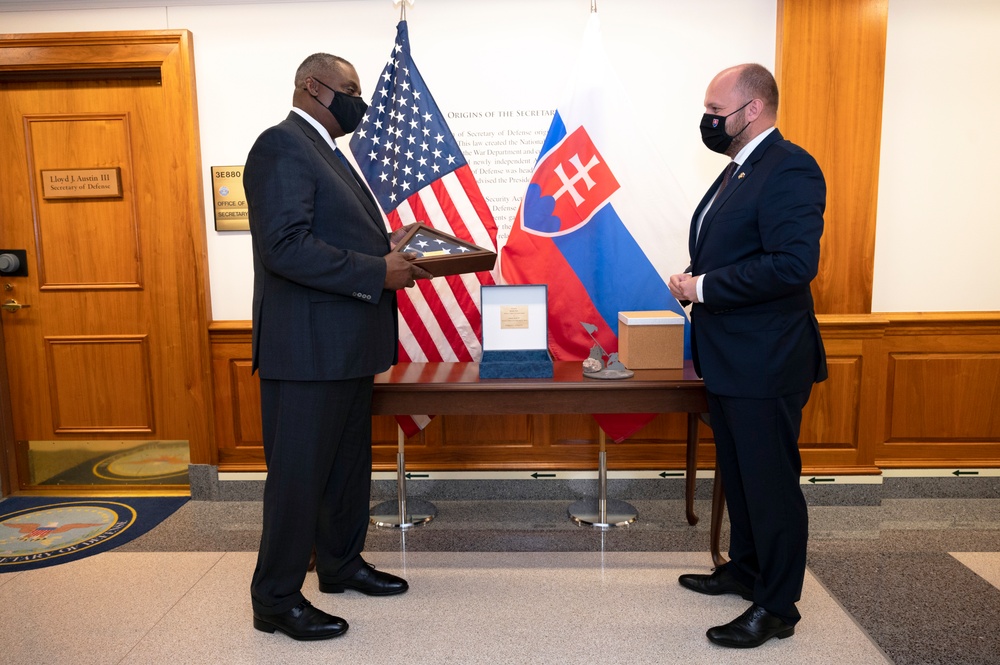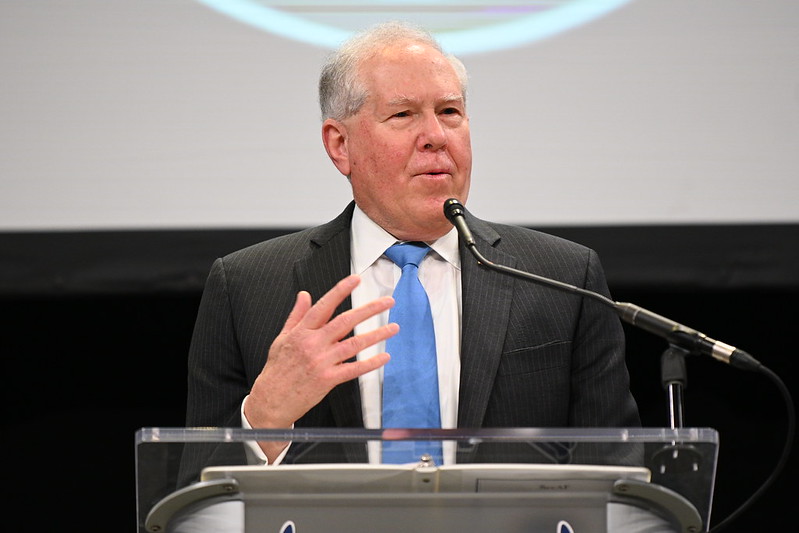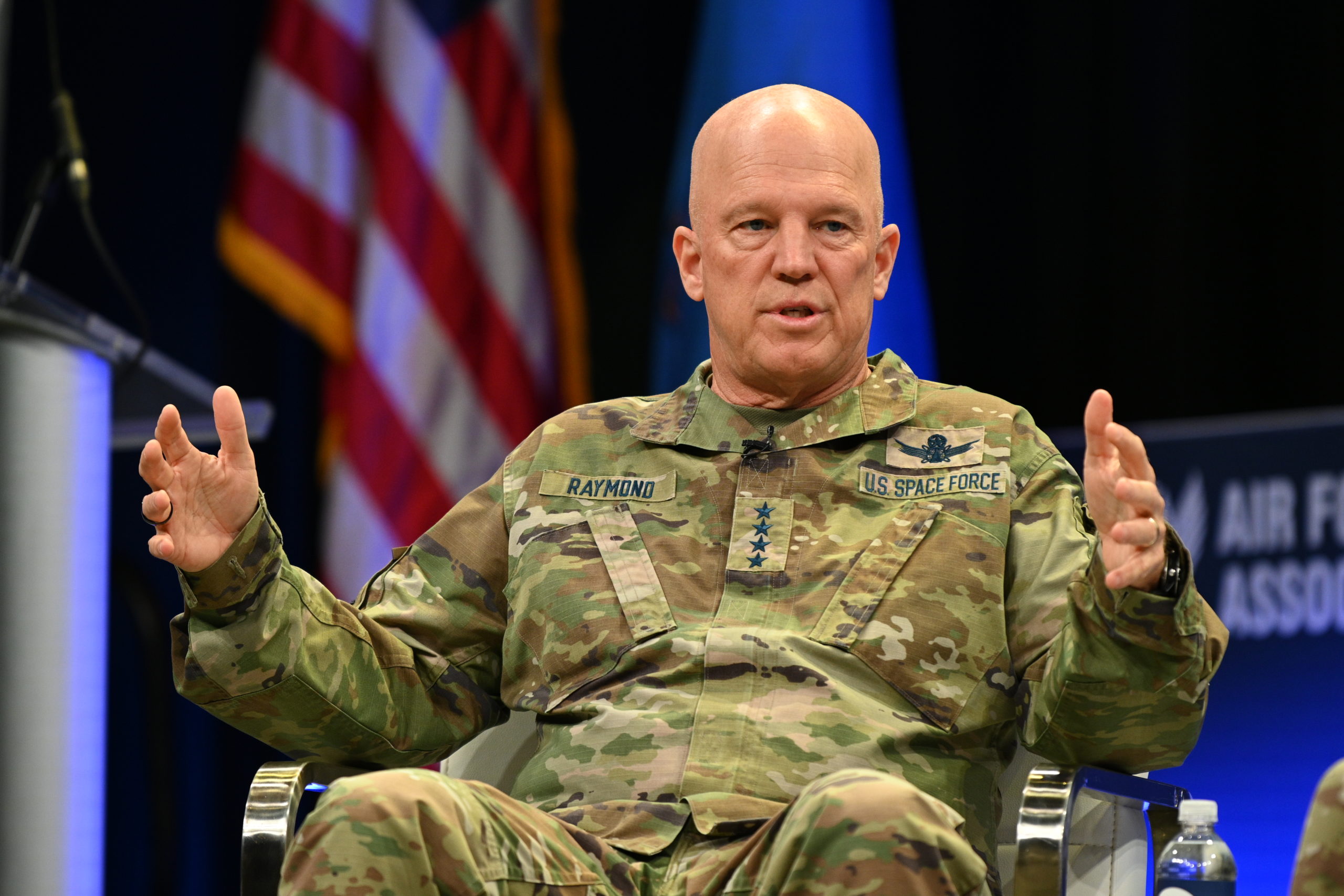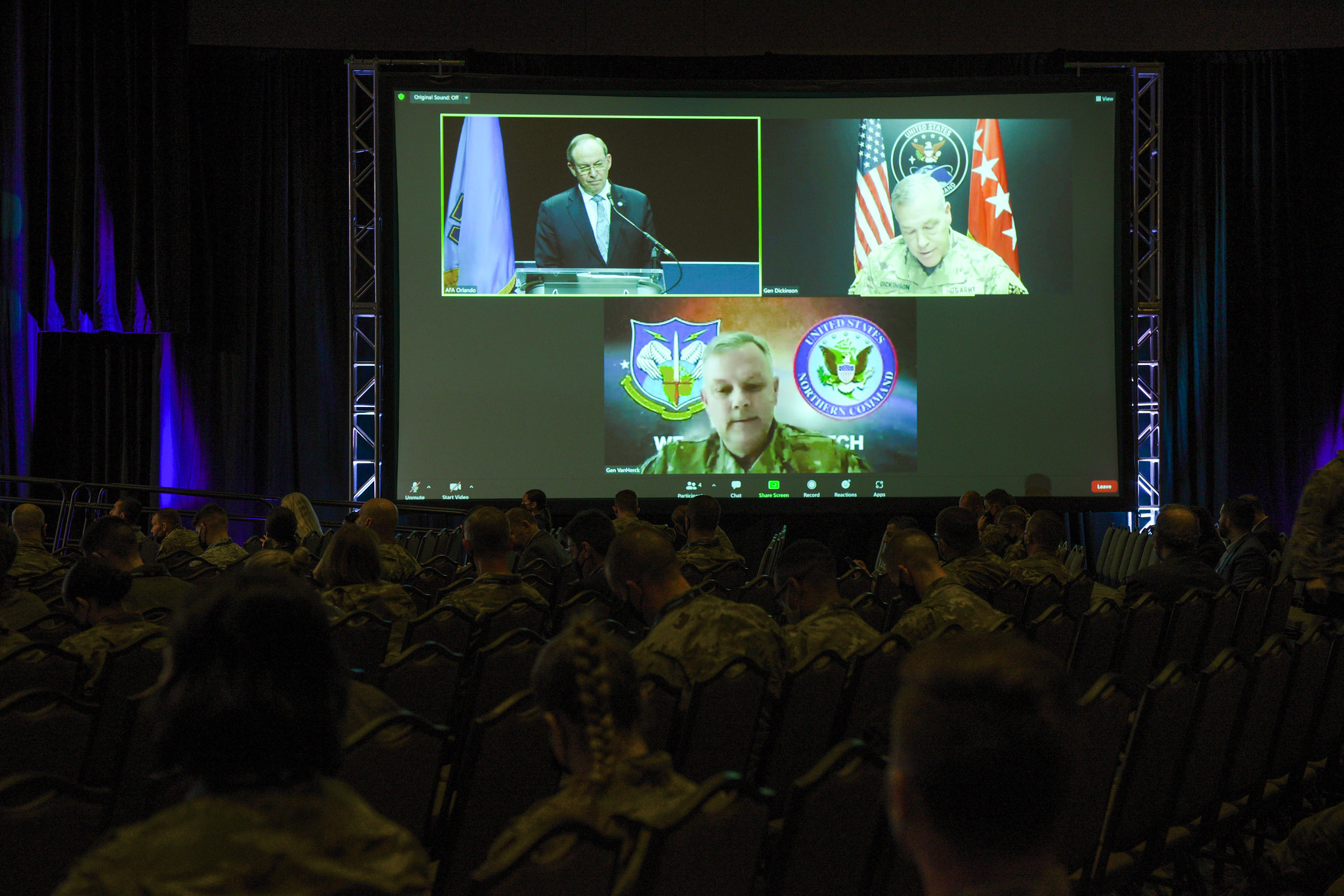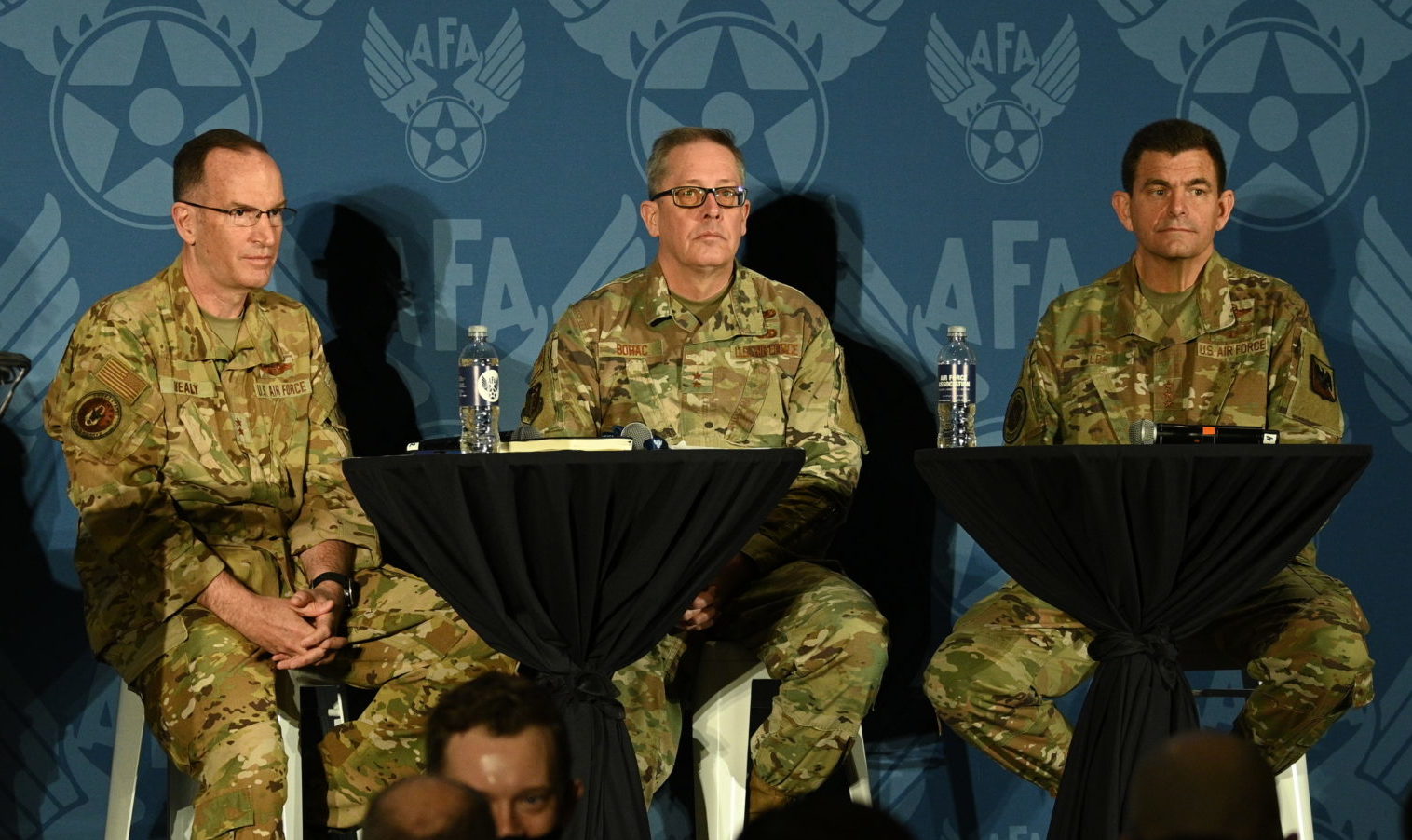Defense acquisition must evolve to address changes in the threat environment, the rate of technological advancement, and the demand for connectivity, among other shifts—while preserving a commitment to core values, integrity, and transparency, said the Air Force’s uniformed acquisition chief, Lt. Gen. Duke Z. Richardson.
Speaking at the annual McAleese conference in Washington, D.C., on March 9, Richardson outlined—based on his 39 years in acquisition—five major changes that have already happened that are forcing the process to evolve, and which he doesn’t think “anyone would dispute.”
‘The quality of the threat is higher’
The quality of the weapon systems the U.S. faces is “very, very different” from “20-30 years ago.” The details are classified, Richardson said, but “you’re going to have to trust me if you haven’t seen some of that information.”
Moreover, “the scope of the threat is changing,” with cyber “playing a large role in everything we do.” Those two changes are profound, and “we’re feeling it,” he said.
‘Solo operations’ won’t work anymore
And “this is a big one,” Richardson said. “This idea that you can take an F-22 fighter or an F-35—or pick your platform—and you can kind of just work … without help. … Those days are gone, for lots and lots of reasons.”
The acquisition system must get away from thinking about platforms discretely and focus on “the entire fighting system, working together.” Closing kill chains without the Space Force or even the other services “is not going to be done by the United States Air Force” alone. He said systems such as the F-22’s inter-flight datalink (IFDL) “that only speaks to other F-22s … really, those days are gone. We’ve got to get away from that.”
And, “it’s not just that—it’s really everything. Think about logistics systems, enterprise IT, simulators, support equipment,” Richardson continued. He was a program executive officer for four classes of systems, and “PEOs just like to be left alone, right? They like to manage their risk, and they do that best by sort of shielding themselves from connections to other things. That’s going to have to stop. We’re not going to be able to do that anymore—not if we’re going to keep up.”
‘Expectations of the workforce are different’
The acquisition system will have to recognize this, Richardson said. “And certainly COVID contributed to that. I’m not sure it wouldn’t have happened anyway.” Employees want meaningful work, he said, and they may want to do it in different ways and locations.
“And … it’s not just an Air Force thing [or] … DOD thing. It’s not just the defense industrial base. … It’s a commercial thing, too.” This doesn’t mean employees don’t want to work, he added, but “they … require meaningful work. So we’ve got to make sure we give meaningful work. We’ve got to find new ways of having them do their work and maybe even new locations. And so that’s something that’s definitely weighing on me.”
Software-defined hardware adds agility
“And this is a good thing,” Richardson said—“the maturity of the hardware.”
Hardware is now software-defined, he said, even to the point of “changing the way the waveform looks without actually changing the hardware. … The hardware is much more agile, in terms of edits, so to speak. … I think that’s great.”
This transition has also changed “warfighting capability” because of accelerating computing power and the ability to do digital acquisition and digital engineering—which, he pointed out, is not “taking paper and turning it into a PDF.” Instead, going digital is changing design and support systems and will open up “a lot of opportunities … to meet those workforce expectations that I mentioned.”
The pace is accelerating—which presents risks all its own
“I’m an engineer. We all know what the rate of change is,” Richardson said—”it’s called acceleration.”
Air Force Chief of Staff Gen. Charles Q. Brown Jr.’s mantra of “accelerate change or lose … [is] exactly right,” Richardson said, allowing that this has “weighed heavily on my mind.”
He also warned against calls to go faster to achieve speed for its own sake.
“This idea that, ‘Oh, just take risk … ’ Well, we don’t take risk. We manage risk, OK?” The acquisition system must never simply dive into a program and “just hope it works out. … That doesn’t work. So we manage it. We do smart things.”
The constants—and what’s next
What won’t change in acquisition, Richardson said, are the Air Force’s “core values”; a focus on “what’s best for the nation” and the taxpayer; the need for transparency with Congress and “making sure programs are justified”; technical leadership; and a thorough and comprehensive “risk and test program management.” The basic “blocking and tackling” skills of acquisition will always be needed, he said. The Air Force will also always need a “professional, competent workforce” and “systems engineering.”
Richardson said no one is more qualified to oversee the Air Force’s technical program than its Secretary, Frank Kendall, “who wrote the book” on acquisition. In his first months on the job, Kendall “took a wire brush” to USAF programs, and, Richardson allowed, “we probably needed it.”
What must change, Richardson said, is a shift to “enterprise solutions” across the Department of the Air Force. While programs have been easier to manage when they don’t have to tie into other things, “that’s not the time we’re in anymore,” he said. “We need a lot more system-level thinking.” The Advanced Battle Management System, for example, must work across multiple commands, services, and technologies, and it will integrate logistics, information technologies, weapon system sustainment, mission planning, business systems—the gamut of what USAF does.
“We’re working on what’s called the digital infrastructure right now, the consortium approach to design what that should look like,” Richardson said. “And then once we get that, … we’ll start competing the parts and pieces to it.”
All weapon systems “need to be” integrated with and serve the enterprise, he asserted. “We can’t have single-purpose systems. … We are going to lose to adversaries that are more advanced than that.”
The Air Force must also shift away from a platform focus to “the mission systems on the platform,” he said. “I’ll know we’re there when the mission systems are the ‘co-stars’” with the platforms on which they ride, Richardson said.
The acquisition system must also change the way the industry and government collaborate, he said. The old system of calendar-driven preliminary and critical design reviews and other “Big Bang deliverable” events must give way to narrower-focus, more rapid updates that take advantage of new digital tools and make speed a given.
“This idea of Big Bang meetings, Big Bang design reviews … where the process kind of waits until a monthly deliverable comes … is not dynamic. It’s not flexible. That needs to change.” Rather than major milestones, “you’ve been doing it all along. And these new … digital engineering tools have allowed us to do that. And they allow us to do it in different locations so we can go to different locations.”
